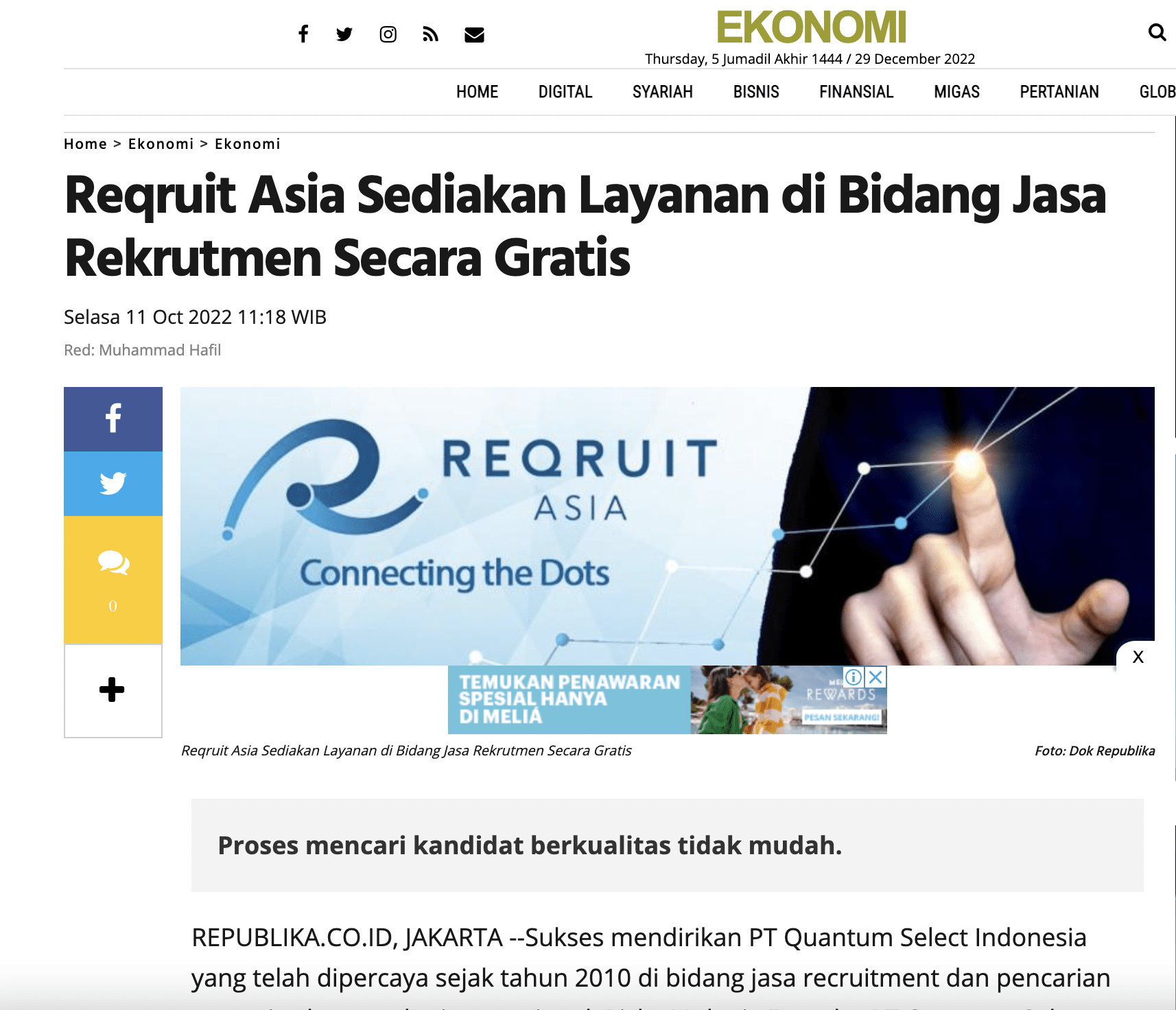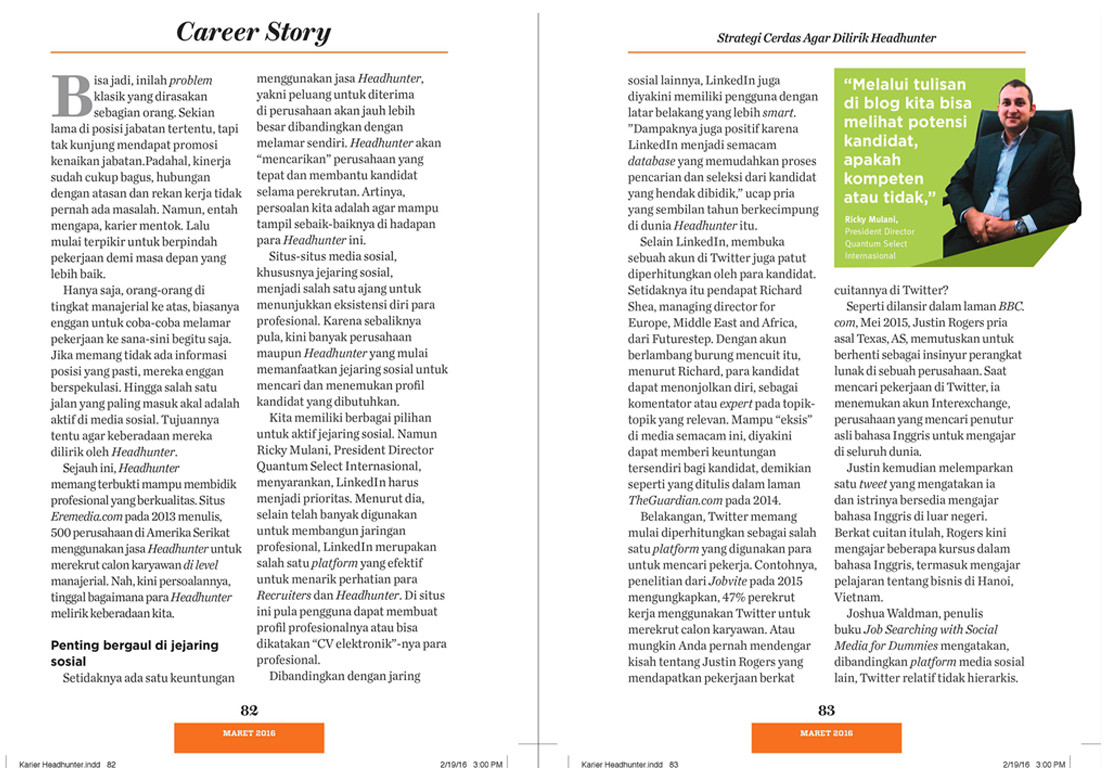
Flexible Working Hours: The Advantages and Disadvantages
Working with flexible working hours is the dream of many millennials and Generation Z who are starting to enter the workforce a lot. Then, what exactly is flexible working hours? What are the advantages and disadvantages over fixed working hours?
What Are Flexible Working Hours?
Flexible working hours or flexible working hours is a working hour system in which workers are free to determine their working hours from the time they enter the office to the time they leave the office.
Even though working with flexible working hours, it does not mean that employees can work as they please. Before this system is implemented, there must be an agreement between the company and employees, one of which is the accumulation of working hours for a week.
Even though it looks fun and not burdensome, flexible working hours still have drawbacks behind all the advantages. Here are the advantages and disadvantages of flexible working hours.
Advantages of Flexible Working Hours
Nowadays, working with flexible hours can not only be done by freelancers or freelancers.
Many conventional and start-up companies offer free working hours to their employees.
This is done by considering the advantages of flexible working hours which do not only apply to employees, but also to companies.
Advantages of Flexible Working Hours for Companies
Apart from offering various benefits to employees, the implementation of this flexible work system also provides many benefits for companies, such as :
- Flexible working hours allow companies to have employees who are happier, loyal, and work optimally according to their respective productive hours
- Reducing the number of absent employees who do not come to work due to illness or being late
- A flexible time system allows companies to handle business matters outside of normal working hours
- Can increase employee morale, a sense of involvement, and employee commitment to the company
- Make it easy for the resource team to see top performers
- flexible working hours will create a family-friendly corporate image
Although it offers many advantages with the implementation of flexible working hours, the implementation of this system also has many disadvantages.
The drawbacks of implementing this working hour system can not only be felt by employees, but also for the company.
Disadvantages of Flexible Working Hours for Companies
Disadvantages of implementing a flexible working hour system can also be felt by companies, such as :
- Companies may feel that there is a lack of controls that can be put in place to increase employee awareness of work being done flexibly
- Some employees might take advantage of work flexibility by doing other activities so they don't focus on work
- Companies cannot monitor whether employees are actually working when or doing other activities
Bonded work hours can put a lot of pressure on employees compared to flexible hours.
Even though it has drawbacks, flexible working hours can have many positive impacts for both employees and companies.
Companies need to consider a flexible working hour system because this system is able to increase employee productivity at work so that work can be completed optimally.




